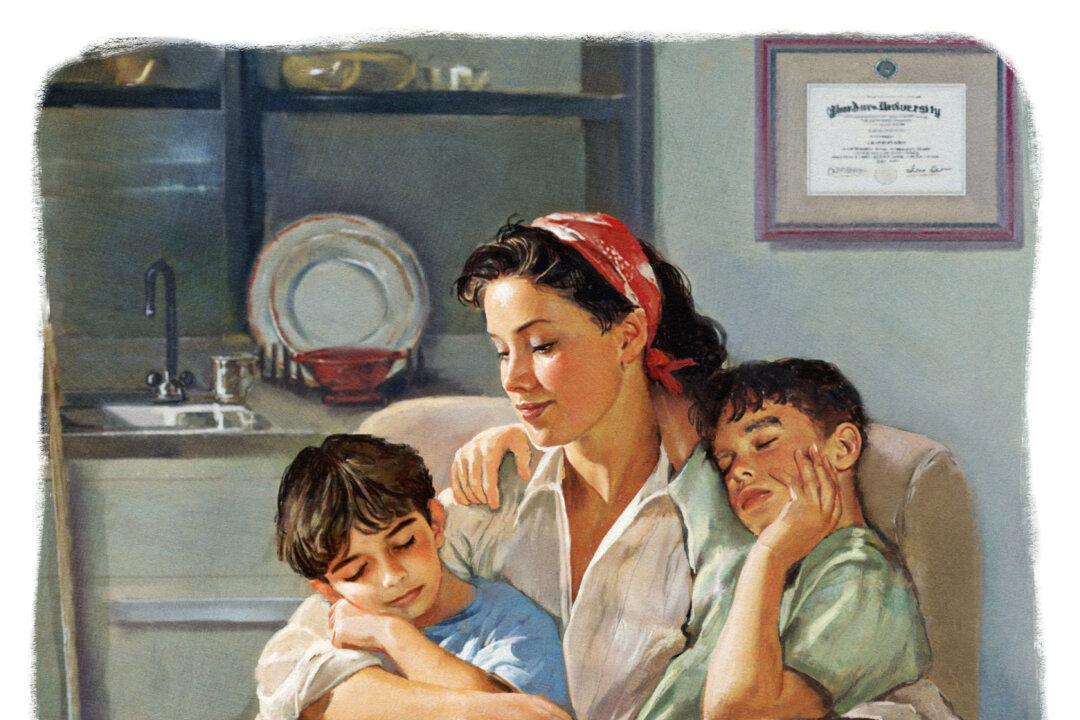Commentary
As many people who follow my journey know, I had children later in life. By the time I became a mother, my life was already shaped in certain ways. I was more the breadwinner in our family—or at least the public face of the enterprise my husband and I have worked hard to build together.





